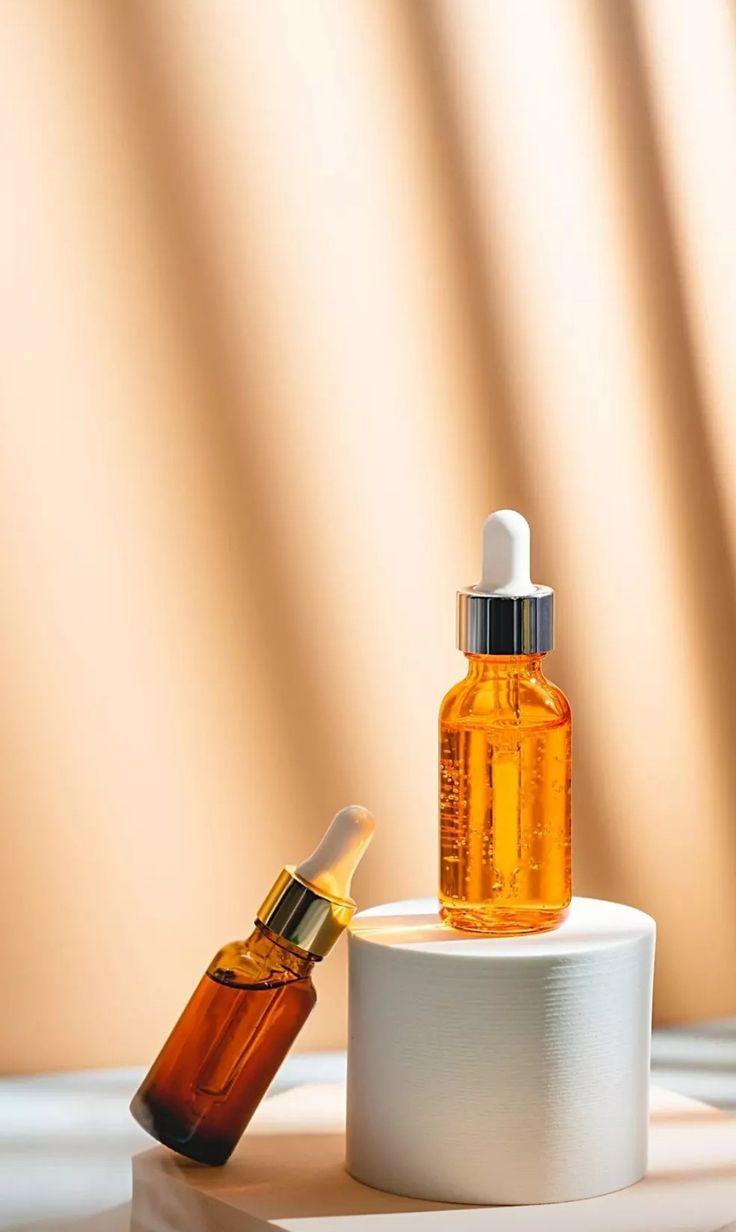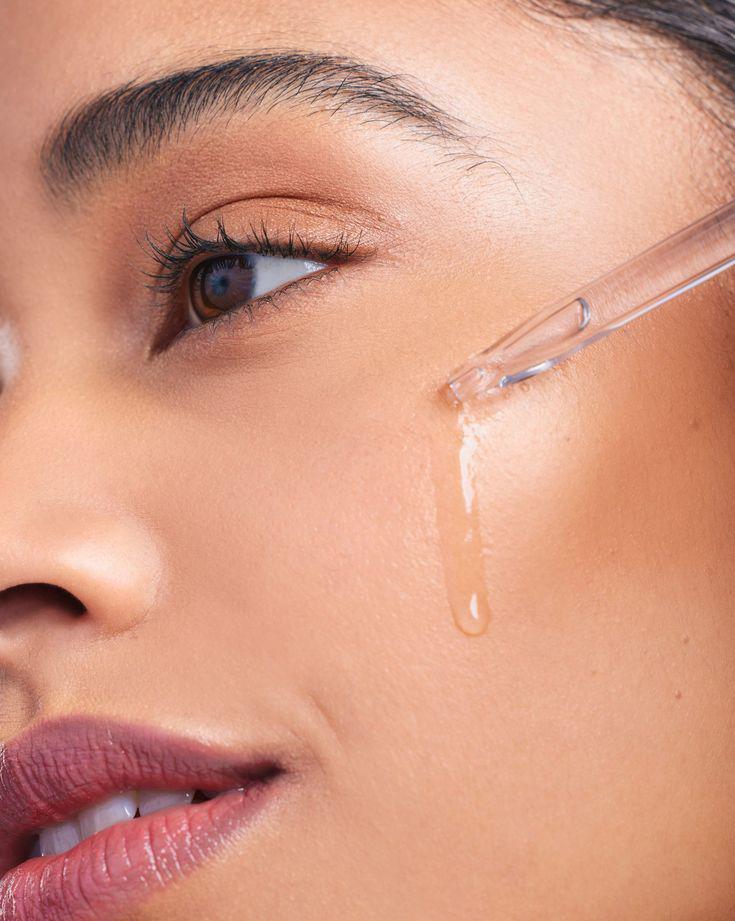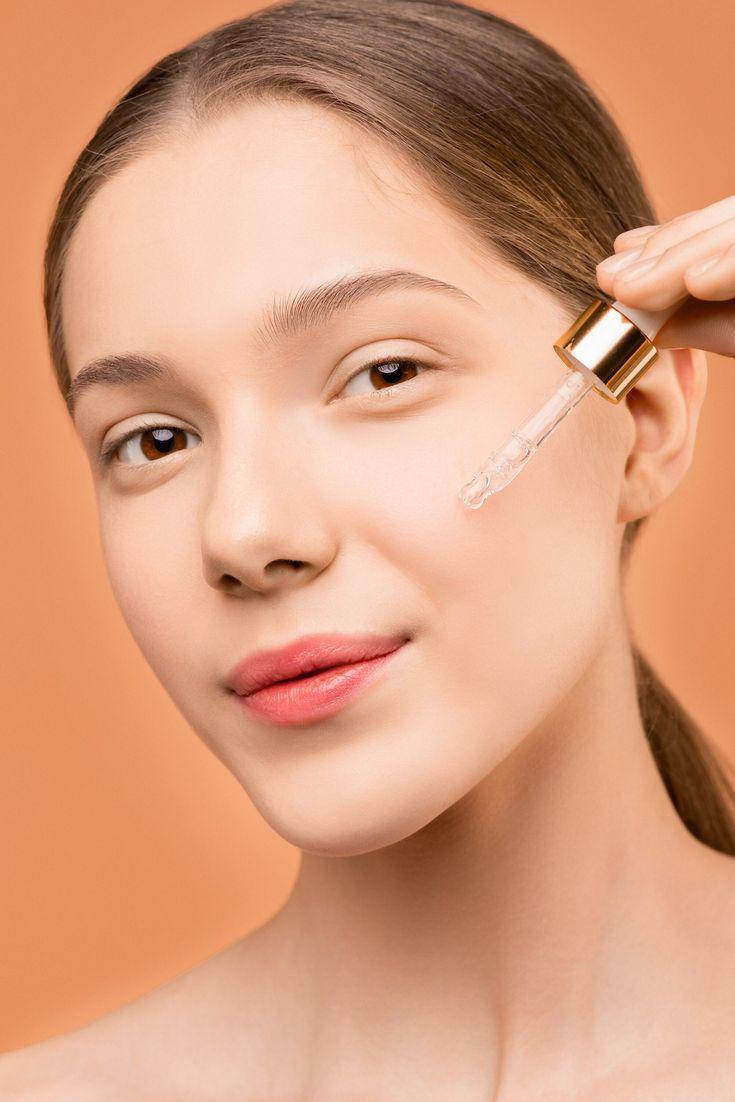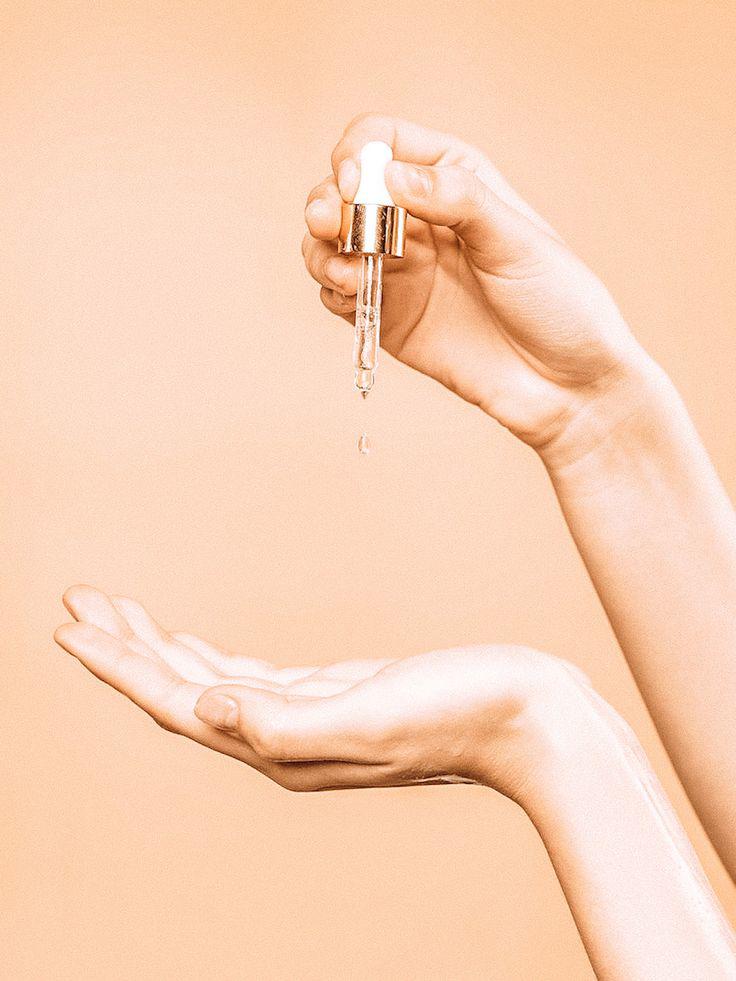1. What is Serum?

Serum is a skincare product that offers numerous benefits.
2. Benefits of Serum
As an intensive skincare treatment, serum helps to moisturize the skin, reduce wrinkles, improve skin texture, smoothen the skin, protect the skin, enhance skin elasticity, and prevent age spots and freckles.
– Skin Moisturization: Serums typically contain ingredients such as Vitamin C, Vitamin E, and Hyaluronic Acid, which help provide the skin with essential moisture. As a result, your skin will become healthier, plumper, and more radiant, with improved elasticity.
– Reduction of Wrinkles: As we age, our skin shows signs of aging, with wrinkles being the most noticeable. Serum ingredients like Retinol, Vitamin C, and Hyaluronic Acid work to minimize the appearance of wrinkles and prevent skin aging.
– Improved Skin Texture and Smoothness: Skin texture plays a crucial role in determining skin firmness and elasticity. Vitamins C and E, Hyaluronic Acid, and Peptides found in serums are capable of improving skin texture and promoting skin regeneration, ensuring your skin remains supple and smooth.
– Skin Protection and Anti-oxidation: Serum contains antioxidants that help protect the skin from environmental damage, sun exposure, and slow down the aging process. Ingredients such as Vitamin C, Vitamin E, Retinol, Peptides, and Hyaluronic Acid provide maximum protection against these external factors.
– Plump and Youthful Skin: When the skin is adequately hydrated, it becomes plumper and smoother. To maintain youthful skin over time, look for serums containing Vitamin C, Hyaluronic Acid, and Retinol.
– Prevention of Age Spots, Freckles, and Dark Spots: Vitamin C, Vitamin E, and Retinol in serum play a vital role in fading dark spots and age spots, resulting in a brighter and more even skin tone.

Serum not only brightens and rejuvenates the skin but also reduces wrinkles and age spots.

The amazing benefits of serum are definitely worth trying for anyone seeking healthier and more radiant skin.
3. When to Use Serum for Best Results
After cleansing, toning, and using a toner, it’s time to apply serum. If using during the day, apply the serum before your moisturizer and sunscreen.
– Step 1: Cleanse Your Skin
Prior to applying serum, ensure your skin is thoroughly cleansed to remove any dirt, makeup, and impurities. This helps to open up your pores and prepare your skin to better absorb the serum. Additionally, exfoliating 2-3 times a week will help keep your pores clear and enhance the absorption of the serum’s active ingredients.
– Step 2: Tone Your Skin
Using a toner after cleansing helps to balance the skin’s pH levels and tighten pores. It acts as a primer for your serum, enhancing its absorption and effectiveness.
– Step 3: Apply Serum and Relax
There are two methods to apply serum to your face. The first method involves using your fingertips to gently massage the serum into your skin, ensuring even coverage. Then, gently tap your face with your fingertips to aid in serum absorption.

Using your fingertips to apply serum and gently tapping aids in faster absorption.
The second method involves using the palms of your hands. Place 3-4 drops of serum onto your palms and gently rub your hands together. Then, gently pat your face with your palms to apply the serum.

Applying serum with the palms of your hands is another effective method.
It’s important to follow the directions for use to ensure optimal results. After application, take a few minutes to relax and allow your skin to fully absorb the serum’s nutrients.
4. Important Considerations When Using Serum
For best results, use serum on damp skin. Before using, perform a patch test by applying a small amount to a small area of skin for 24 hours to check for any reactions. For optimal skin care, use serum both during the day and at night, in conjunction with a moisturizer, and avoid direct sunlight. Dosage is also important—use only 2-4 drops per application, but if your skin still feels dry, add a little more.

Combine serum with a moisturizer for optimal results, leading to youthful and radiant skin.
Serum provides multiple benefits for the skin, including improved skin texture and a radiant, blemish-free complexion. It also helps to reduce the appearance of wrinkles, age spots, and freckles. For best results, use serum after cleansing and toning your skin, and make it a part of your daily skincare routine.
The Morning and Evening Skin Care Routine: 3 Effective Techniques for Hydrating, Illuminating and Revitalizing Your Skin.
Skincare is an integral part of our daily routine, and moisturizers are often touted as the secret weapon in our beauty arsenal. While the common advice is to slather on these creams at night, is this truly the best time for their application? This article will reveal the secrets to maximizing your moisturizer, with tips on morning and evening routines and techniques to hydrate, brighten, and rejuvenate your skin.
Should You Apply Sunscreen Before or After Serum?
Sun protection is an essential step in any skincare routine, but what about when it comes to layering on your other favorite serum? The order of application is crucial to ensuring that your skin reaps the benefits of both products. So, which one goes first, and do you really need to use both?
A skilled aesthetician or dermatologist might advise that it’s not just about which product to apply first but also understanding the unique needs of your skin.






































